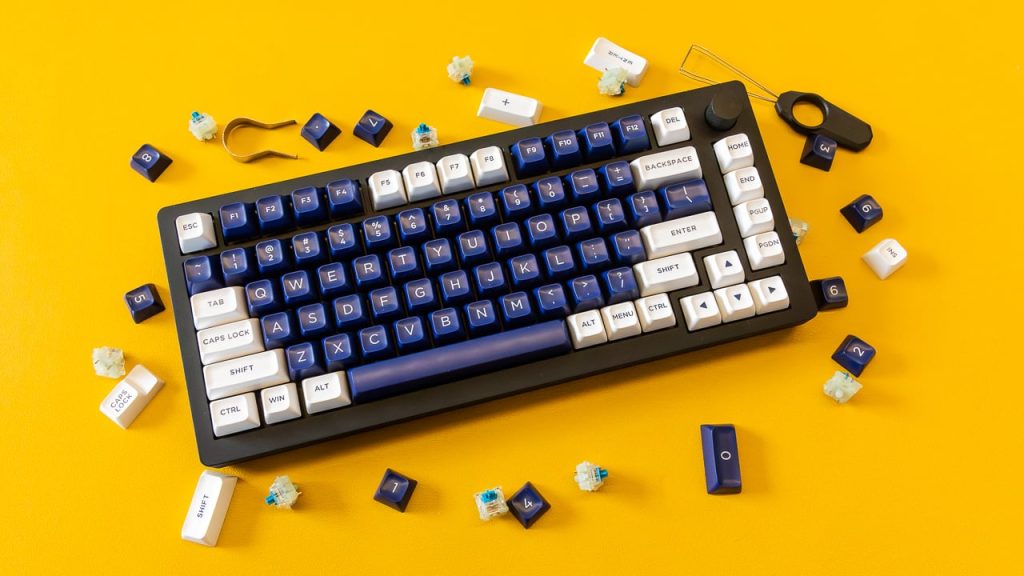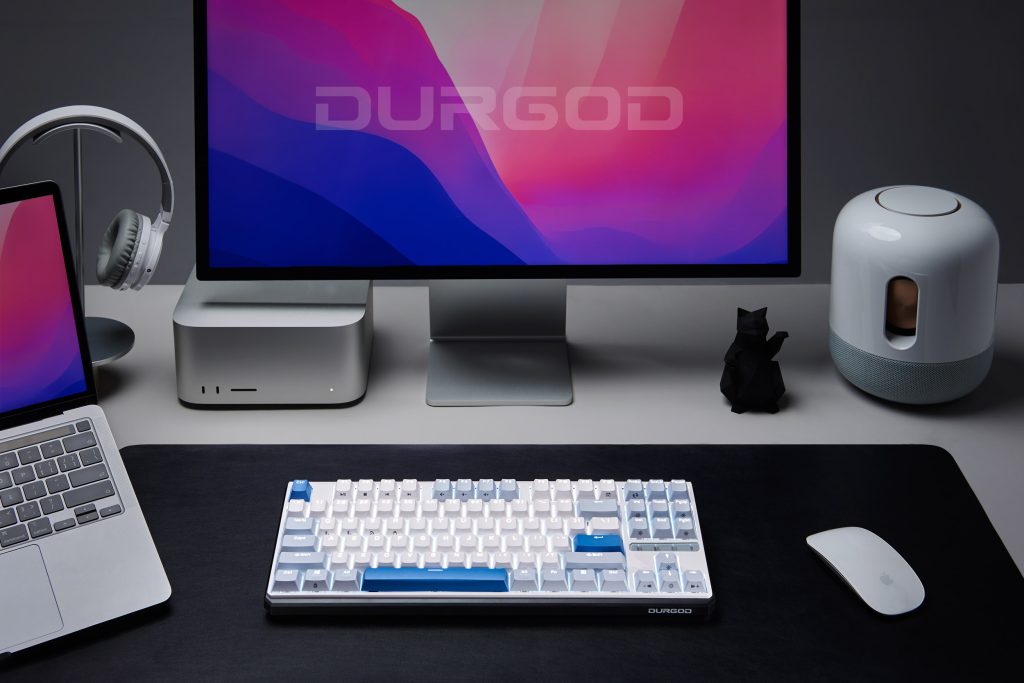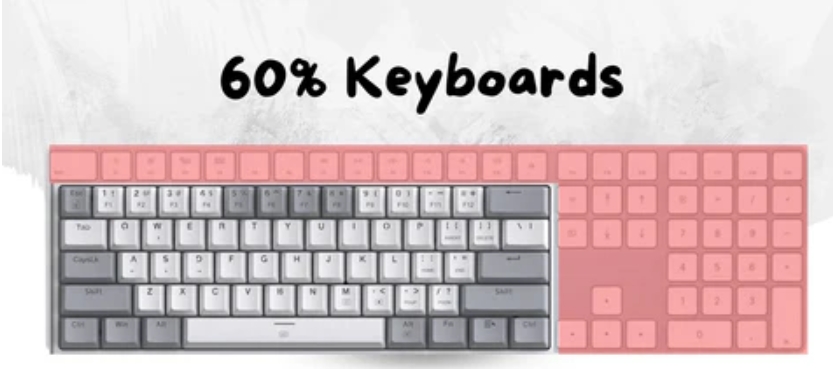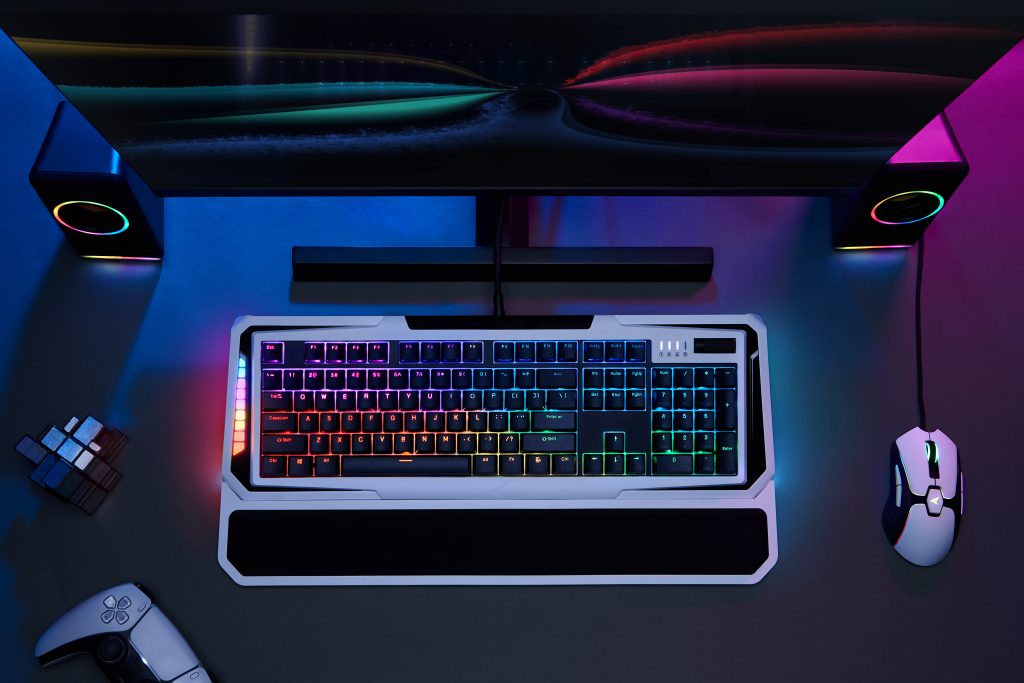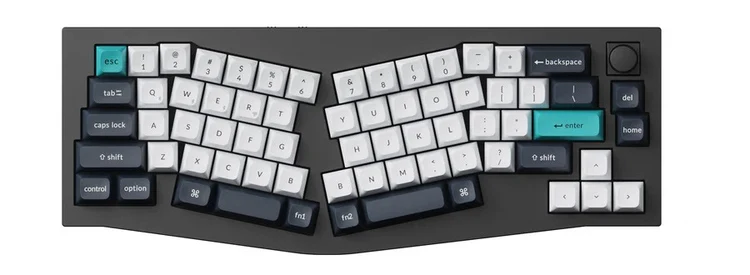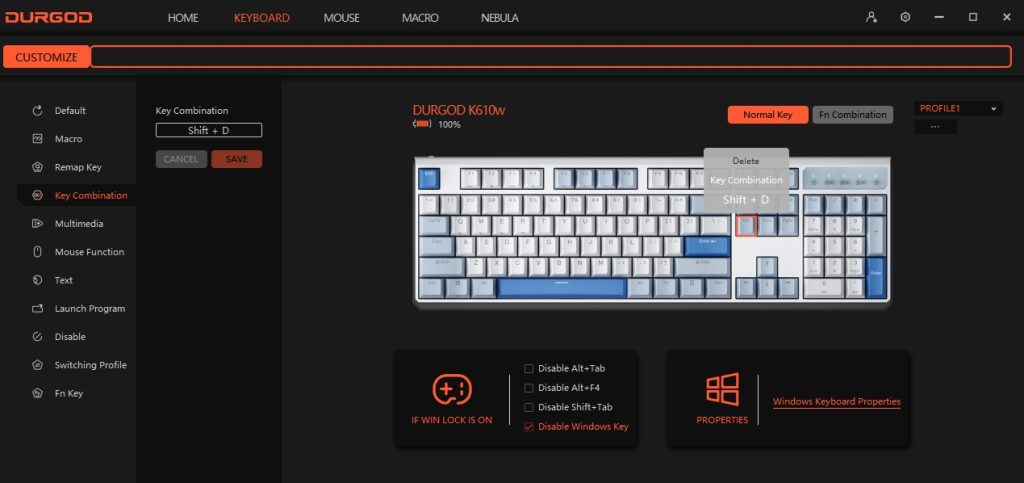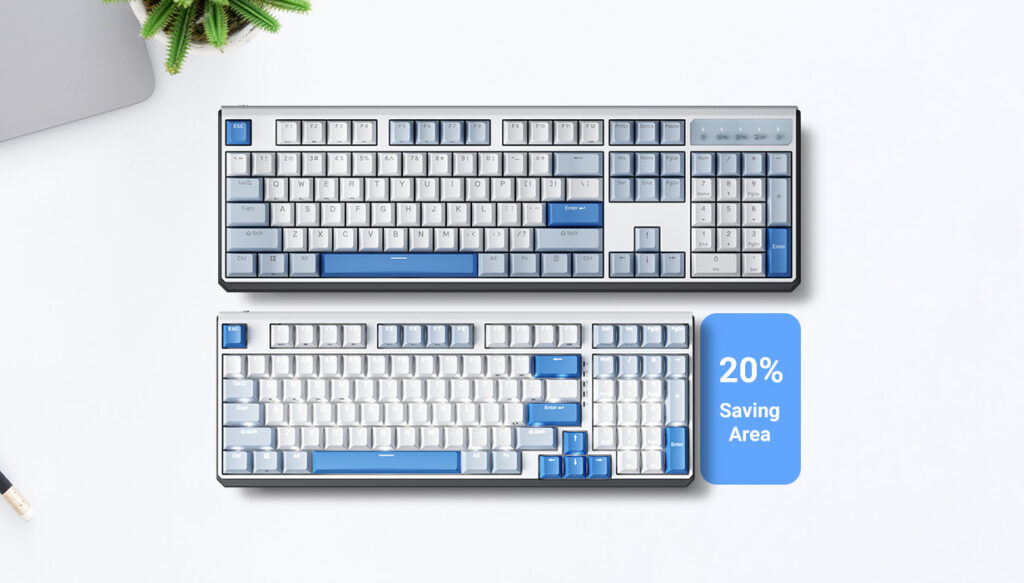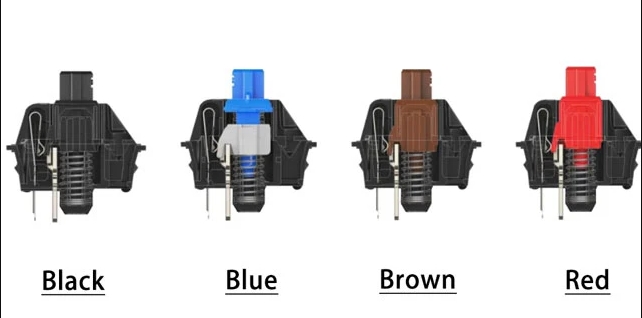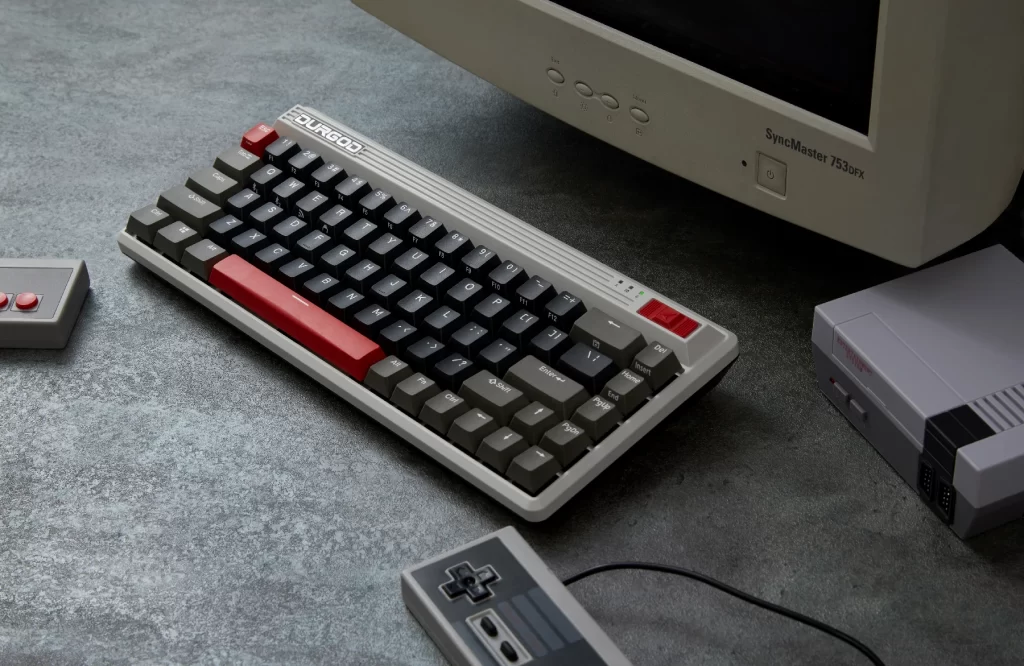In the realm of mechanical keyboards, “2U” and “6.25U” are not just measurements but foundational elements that ensure the functionality and stability of larger keys. These terms, representing “units,” are vital in the design and customization of mechanical keyboards. Let’s delve deeper into these crucial components and their significance in mechanical keyboard’s satellite axis.
Exploring 2U and 6.25U
2U Defined: The “2U” measurement pertains to a keycap twice as wide as a standard letter key, such as ‘A’ or ‘S’. It typically applies to specific keys like backspace, enter, and shift, depending on the keyboard’s layout. This ensures that keys of double width move smoothly, enhancing the user’s typing experience.
The Role of 2U Stabilizers: Stabilizers for 2U keys are indispensable. They prevent any undesirable tilting or wobbling, allowing for even keystrokes across the entire key.
6.25U Unveiled: On the other hand, “6.25U” refers to keycaps that are 6.25 units wide, most commonly associated with the spacebar. This size is a staple in full-sized and tenkeyless (TKL) keyboards, harmonizing with the standard 104 or 87-key layouts.
6.25U Stabilizers: These stabilizers are specifically tailored for the spacebar, ensuring that the longest key on the keyboard maintains stability and uniformity in its movement.
The Critical Role of Compatibility
Ensuring that stabilizers are correctly matched with keycap sizes is critical. This compatibility is paramount for the keyboard’s functionality, as mismatches can lead to ineffective key stabilization and an unsatisfactory typing experience.
Customization and Mechanical Keyboard Builds
In the arena of custom mechanical keyboards, understanding the nuances of “2U” and “6.25U” measurements becomes even more crucial. This knowledge enables enthusiasts and builders to select the appropriate stabilizers and keycaps. Also, tailoring the keyboard to specific needs and preferences.
“2U” and “6.25U” are much more than mere measurements in the world of mechanical keyboards. They are essential for ensuring the smooth and stable operation of larger keys. Recognizing their importance allows for better-designed keyboards, whether for standard use or custom creations, leading to a more satisfying typing and gaming experience. This attention to detail is what elevates the mechanical keyboard from a mere input device to an integral part of a user’s digital interface.
For more knowledge of mechanical keyboards, check DURGOD.




